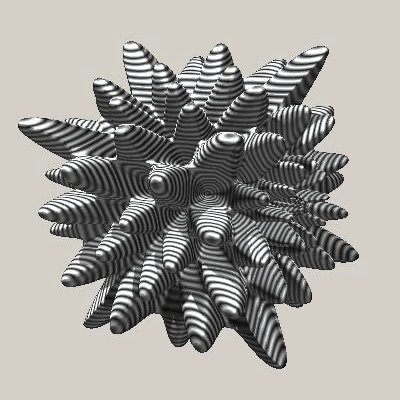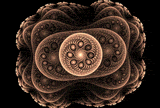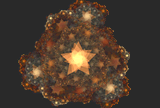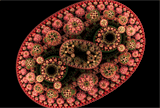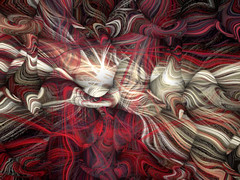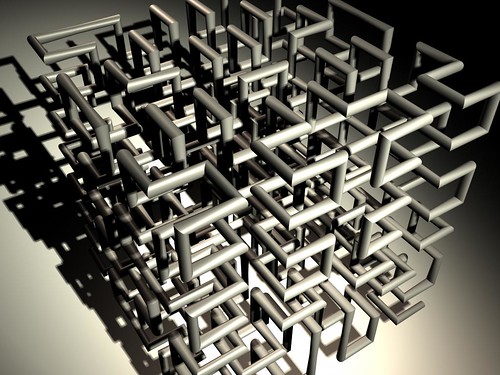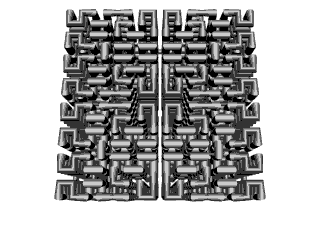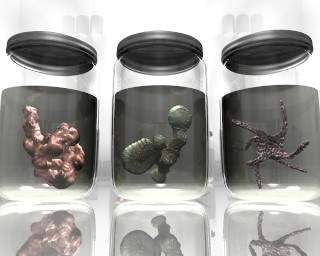Atari 2600 Nostalgia
Back in the early 80's my little brother had an Atari 2600. I saw an ad on TV this morning that reminded me of that great Activision game, Pitfall:
I spent many happy hours vine-swinging Jungle Harry over tar pits and alligator-filled lakes. Oh, how that digital Tarzan yodel takes me back!
Another family favorite was Megamania. Check out the thrilling gameplay (you might want to skip the lame intro on the video, though):
Hamburgers, cookies, bugs, radial tires, diamonds, steam irons, bowties... and, oh wow, it still gets my heart going seeing those falling dice at the end! Yeah, could you tell that's what all those objects were?
Also, not to be missed, is this classic 80s ad for Megamania. Rock out to the Megamania tune, and look on, in awe, as the rocker shoots radial tires with his guitar neck:
Megamania it's gonna drive you insane!

